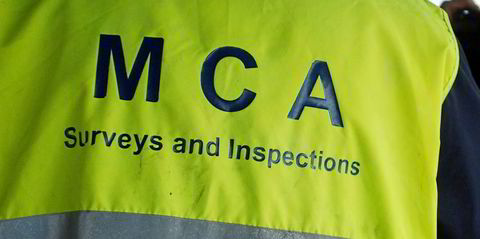Fluxys LNG has launched a binding subscription process for 70 annual berthing slots at its expanded Zeebrugge import terminal in Belgium (pictured).
The LNG division of gas transmission outfit Fluxys is seeking contracts for between one and 20 years on the slots, which will be operational in early 2015 to coincide with the start-up of the terminal’s second jetty.
The jetty will add flexibility for capacity holders at the regasification terminal, which receives much of its import volumes from Qatar and is also active as a re-export facility.
The berthing slots, which will allow for both loading and unloading of LNG, are available for vessels as small as 3500 cbm in capacity, opening the terminal to shipping out more small-scale cargoes.
The maximum vessel size is 217,000 cubic metres, accommodating Q-Flex ships, Qatar’s second-largest class of LNG carrier.The operator is couching the jetty’s added flexibility as a step toward enhancing the use of LNG in Europe as a shipping and trucking fuel.
Fluxys is charging tariffs of €75,000 ($96,700) plus a fee based on the consumer price index. The operator will charge €0.18 per megawatt-hour for reloading. In addition to the berthing slots, Fluxys has also offered up 8000 cubic metres in storage rights.
Agreements published by Fluxys in the open subscription window are subject to final approval by the Electricity and Gas Regulatory Commission (CREG).
Currently, the Zeebrugge Port Authority is finishing the underwater structure of the new jetty. Once that is done, Fluxys will begin building its superstructure.
The 9 billion cubic metre per annum terminal’s existing capacity holders are Qatar’s RasGas and GDF Suez of France.
Fluxys is taking subscription requests for the new berthing slots through 30 November.



